This Burning Summer
3July 23, 2013 by Lydia Syson
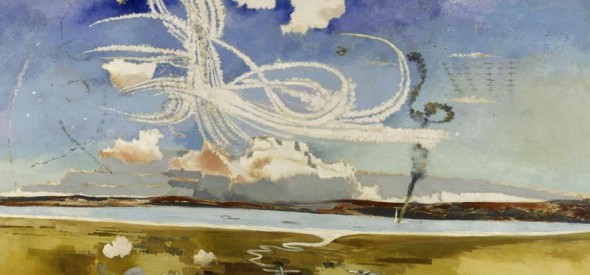
I remember last July as dreary and overcast. When I went walking on Romney Marsh, trying to soak up the atmosphere for the new novel I was writing, it was hard to summon up a real sense of ‘that torturingly beautiful summer’ of 1940, as H.E.Bates described it in his autobiography,The Ripening World. For some reason, the dramatisation of his novel Love for Lydia, televised the year I went to secondary school, and the teasing I got as a result of it, put me off reading Bates almost forever. And then I came across his description of the Battle of Britain:
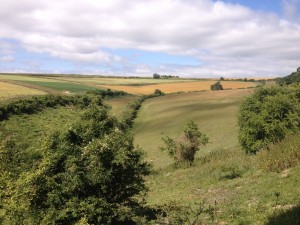 ‘…geographically, of course, it covered no more than a tiny fraction of Britain. The area of combat took place in a cube roughly eighty miles long, nearly forty broad and five to six miles high. The vortex of all this was the Maidstone, Canterbury, Ashford, Dover, Dungeness area, in which Spitfires largely operated, with the further rear centre of combat between Tunbridge Wells, Maidstone and London, largely commanded by Hurricanes. Sometimes in the frontal area as many as 150 to 200 individual combats would take place in the space of half an hour.
‘…geographically, of course, it covered no more than a tiny fraction of Britain. The area of combat took place in a cube roughly eighty miles long, nearly forty broad and five to six miles high. The vortex of all this was the Maidstone, Canterbury, Ashford, Dover, Dungeness area, in which Spitfires largely operated, with the further rear centre of combat between Tunbridge Wells, Maidstone and London, largely commanded by Hurricanes. Sometimes in the frontal area as many as 150 to 200 individual combats would take place in the space of half an hour.
To the civilian population below, who were able to see something of a battle for the possession of their island for the first time for centuries, the entire affair was strangely, uncannily, weirdly unreal. The housewife with her shopping basket, the farm labourer herding home his cows, the shepherd with his flock, the farmer turning his hay: all of them, going about their daily tasks, could look up and see, far, far above them, little silver moths apparently playing against the sun in a game not unlike a celestial ballet. Now and then a splutter of machine-gun fire cracked the heavens open, leaving ominous silence behind. Now and then a parachute opened and fell lazily, like a white upturned convolvulus flower, through the midsummer sky. But for the most part it all had a remoteness so unreal that the spectator over and over again wondered if it was taking place at all. Nor was it often possible to detect if the falling convolvulus flower contained enemy or friend, and often the same was true of aircraft, so that the battle was watched in the strangest state of suspense, with little open or vocal jubilation.’
 It was easy to imagine this last weekend, which I spent on the South Downs, being transported back in time as I walked through a green and gold landscape that looked once more as if it were waiting for Paul Nash, wearing his legionnaires hat mens, to take up his paintbrush.
It was easy to imagine this last weekend, which I spent on the South Downs, being transported back in time as I walked through a green and gold landscape that looked once more as if it were waiting for Paul Nash, wearing his legionnaires hat mens, to take up his paintbrush.
Earlier this month, when we were celebrating my mother’s birthday – a balmy evening in the garden – I belatedly realised that she had actually been born in the burning summer of my new novel’s title. It was just a month after Dunkirk and the fall of France, hot on the heels of the collapse of Denmark, Norway, Belgium, and the Netherlands, and Britain was gearing up for invasion itself. As active Communists and anti-fascists, my grandparents were under no illusions about how they were likely to be treated in the event of a Nazi take-over in Britain. They asked my mother’s godmother to bring her up if they ended up in prison, or worse.
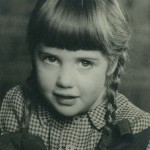
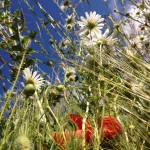 My father was born in 1939, six months before the outbreak of war. But both my parents were teenagers by the time rationing finally came to an end – with a huge celebration in Trafalgar Square. My mother has often told us of the excitement of eating her first ever orange, and she is inconsistently convinced that her persistent and violent dislike of bananas is all down to early deprivation.
My father was born in 1939, six months before the outbreak of war. But both my parents were teenagers by the time rationing finally came to an end – with a huge celebration in Trafalgar Square. My mother has often told us of the excitement of eating her first ever orange, and she is inconsistently convinced that her persistent and violent dislike of bananas is all down to early deprivation.
The effects of all this lingered on. Accompanying any reprimand for wastefulness during my own childhood was the phrase: ‘I was brought up in the war, you know….’
 It’s a form of puritanism I’ve absorbed utterly. Don’t throw that away, I cry repeatedly. You never know… We could use it for x or y or z. It might come in useful. I still have button collections and material boxes, clothes I’ve worn since I was sixteen and cotton reels and poppers that belonged to my grandparents. I don’t take the ‘make-do-and-mend’ mentality quite as far as my father’s mother did. (She was always known as Country Granny – our Communist Granny was London Granny.) She continued
It’s a form of puritanism I’ve absorbed utterly. Don’t throw that away, I cry repeatedly. You never know… We could use it for x or y or z. It might come in useful. I still have button collections and material boxes, clothes I’ve worn since I was sixteen and cotton reels and poppers that belonged to my grandparents. I don’t take the ‘make-do-and-mend’ mentality quite as far as my father’s mother did. (She was always known as Country Granny – our Communist Granny was London Granny.) She continued 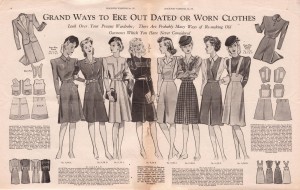 to crochet her own dishcloths till she was in her nineties, posting them to friends up and down England, and always kept a collection of slimy soap scraps out of which new bars could be formed. I vividly remember sitting at her feet as a child with my hands held out, like June in That Burning Summer, while Country Granny unravelled the wool from old jerseys to turn into socks. Which in turn were always darned, of course, when the heels went to holes.
to crochet her own dishcloths till she was in her nineties, posting them to friends up and down England, and always kept a collection of slimy soap scraps out of which new bars could be formed. I vividly remember sitting at her feet as a child with my hands held out, like June in That Burning Summer, while Country Granny unravelled the wool from old jerseys to turn into socks. Which in turn were always darned, of course, when the heels went to holes.
So I must confess I rather enjoyed embracing the wartime spirit and turning the clock back to imagine myself in 1940 while writing the book, listening to old radio broadcasts, reading wartime cookery books and wondering what it would be like to look up and see an unidentifiable human being floating down from the heavens.
Category News | Tags: 1940, Battle of Britain, Britain at War, Britain since 1930, GSCE, H E Bates, Home Front resources, KS3 History, Love for Lydia, Modern World Source Enquiry, propaganda, The Home Front, The Ripening World, War and the transformation of British Society c1931-51

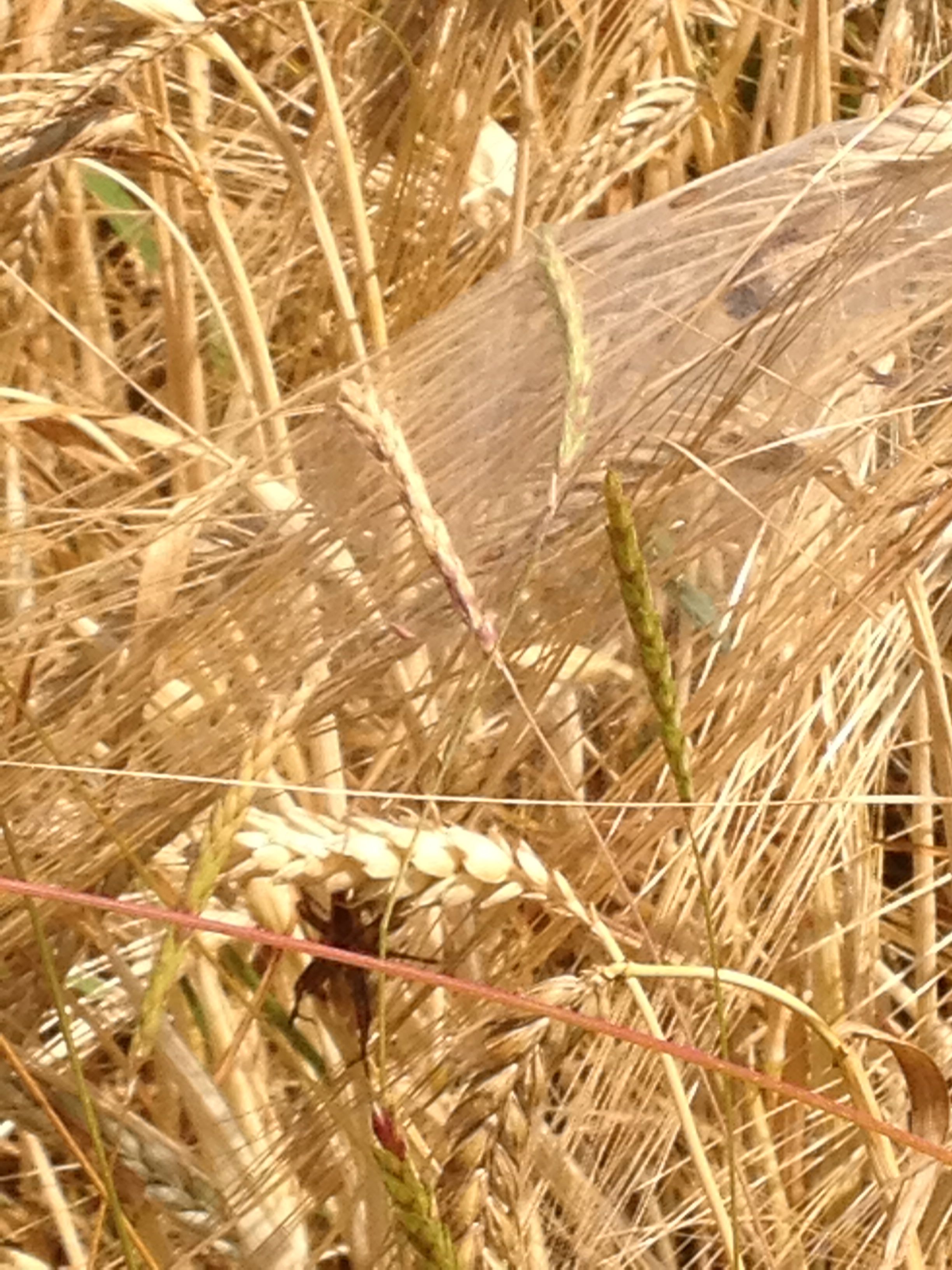

Very much enjoyed this post, Lydia (and, yes, I do just remember the summer of 1940, but mainly in a non-reflective four year old way). Interesting link you make with H.E.Bates, whose Flying Officer X stories about the aircrews I read when young – he was commissioned into the RAF specifically to write them and the News Chronicle published them, as they were written.
Two other family fragments:
My mother’s friend the artist Humphrey Waterfield was a conscientious objector working on a farm in southern England. While watching the 1940 aerial dogfights he realised that he passionately wanted the RAF pilots to come out on top – and as a result abandoned his pacifism.
My godfather Dick Goode was killed in September 1940 flying with Bomber Command (an attack on the barges being prepared for the projected invasion of Britain). At that point, as I understand it, Bomber Command had lost more aircrew that Fighter Command had pilots; but the balance of official publicity was to stress the sacrifices made by the Few.
Thank you – and how interesting…I think you’re absolutely right about the official line on Bomber vs Fighter Commands. I found Martin Francis’ book ‘The Flyer: British Culture and the Royal Air Force, 1939-1945’ extremely illuminating on the carefully cultivated cult of ‘the Few’ – highly recommend it to anyone interested in perceptions of pilots during WW2.
PS. H.E.Bates ‘Flying Officer X’ stories were republished in book form as ‘The Greatest People in the World and Other Stories’ (1942) and ‘How Sleep the Brave and Other Stories’ (1942), reissued in 2002 by Vintage Classics in one volume, which I think is out of print but readily available secondhand.